Compared: 2022 Toyota Highlander vs. 2022 Honda Pilot
When deciding between these two mid-size SUVs, you’ll want to focus on the little things. We see how they stack up in price, fuel efficiency, and available features.
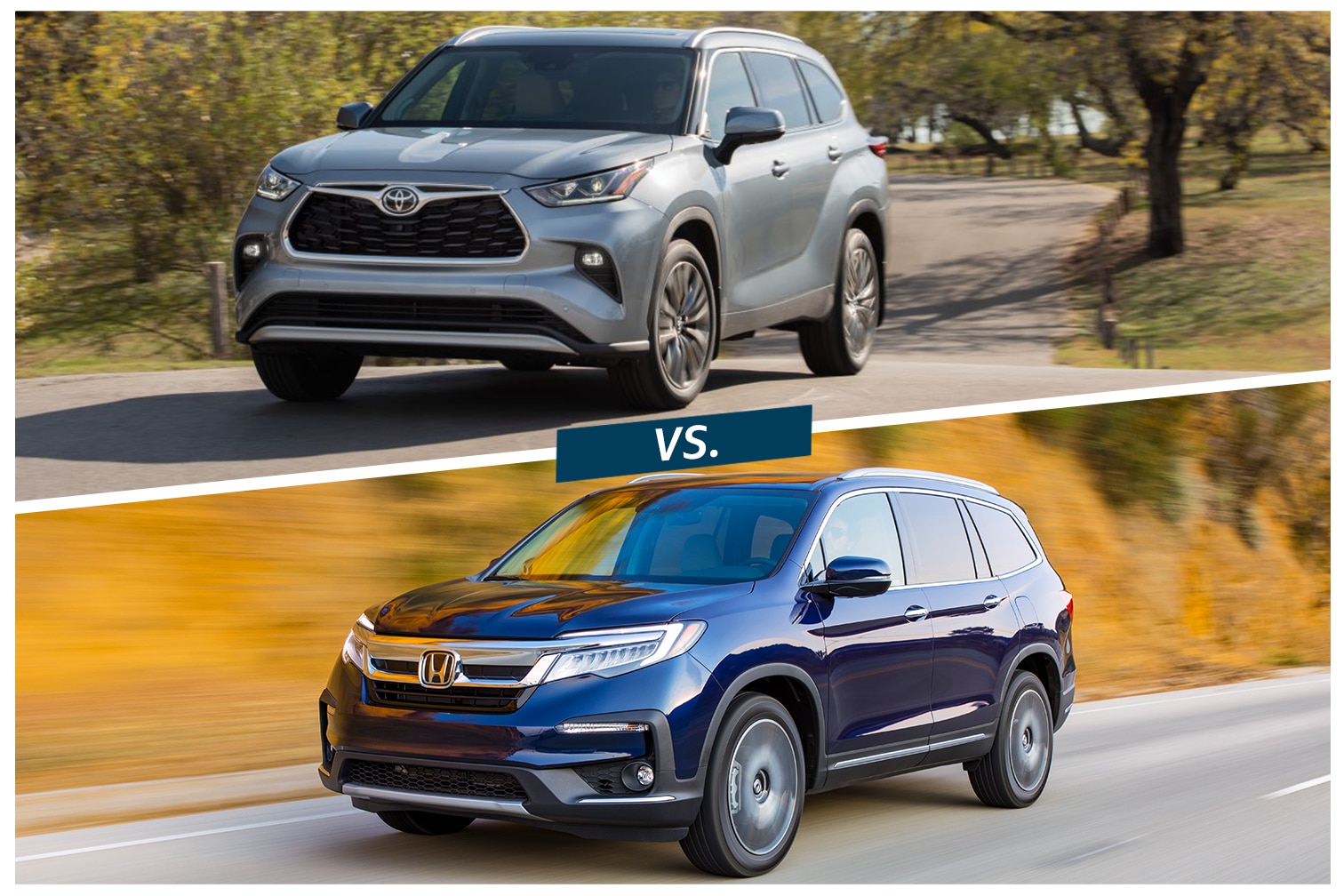 Toyota/Honda
Toyota/Honda
Article QuickTakes
Among midsize, three-row SUVs, the Highlander is the top dog in overall sales. Toyota sold 264,128 of them in the U.S. last year, beating the Honda Pilot by nearly two to one. After looking at how the two stack up in price, fuel economy, and features, you might see why more buyers find more to like in the Toyota.
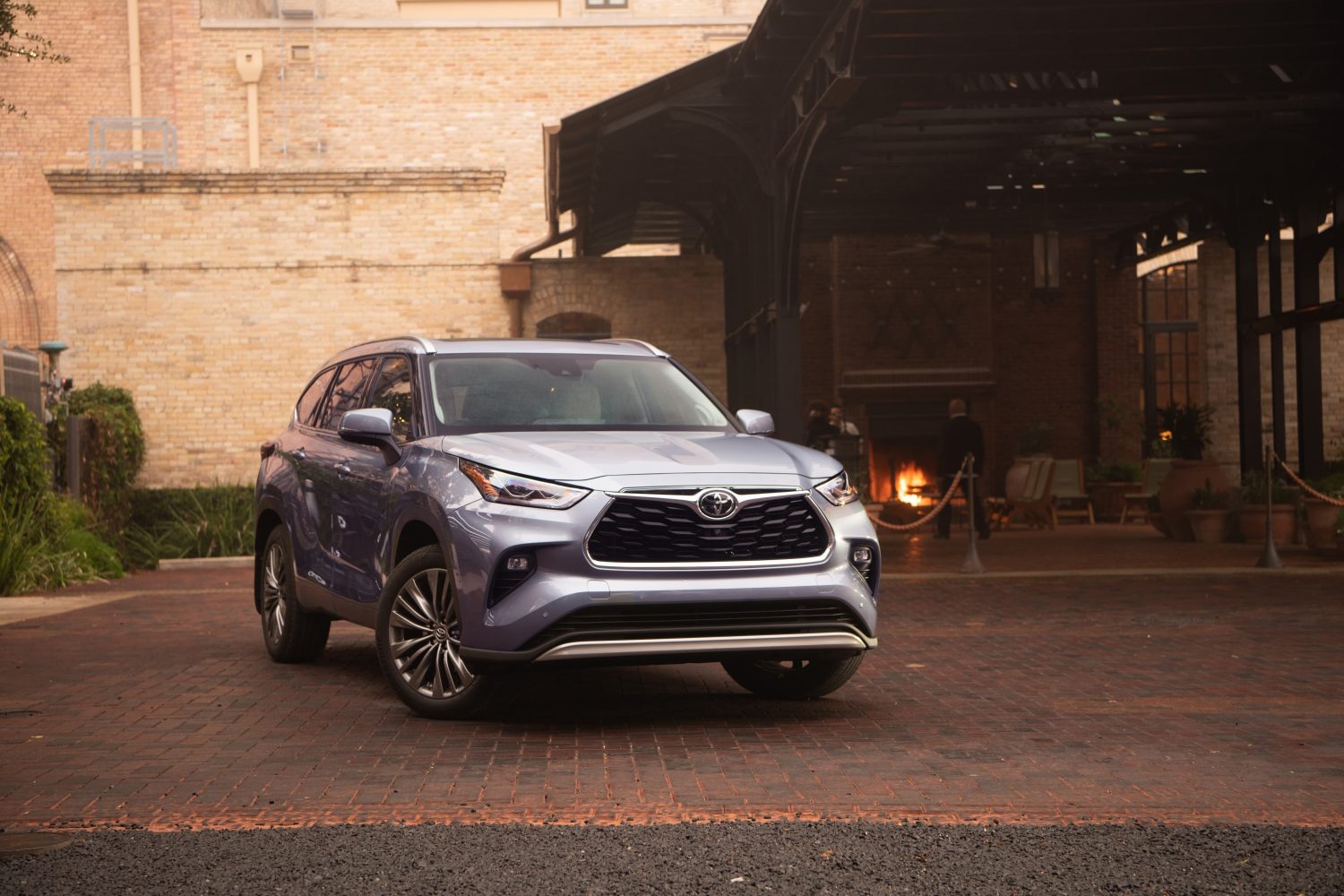 Toyota
Toyota
Toyota Highlander vs Honda Pilot: Price
The Highlander is powered by a V-6 engine, starts at $36,620, and comes in six trims: L, LE, XLE, XSE, Limited, and Platinum. There’s also the Highlander Hybrid, which opens at $40,270 and offers five trims: LE, XLE, Bronze Edition, Limited, and Platinum. No matter if you select the gas-only or hybrid version, front-wheel drive is standard, though Toyota makes all-wheel drive available on each model.
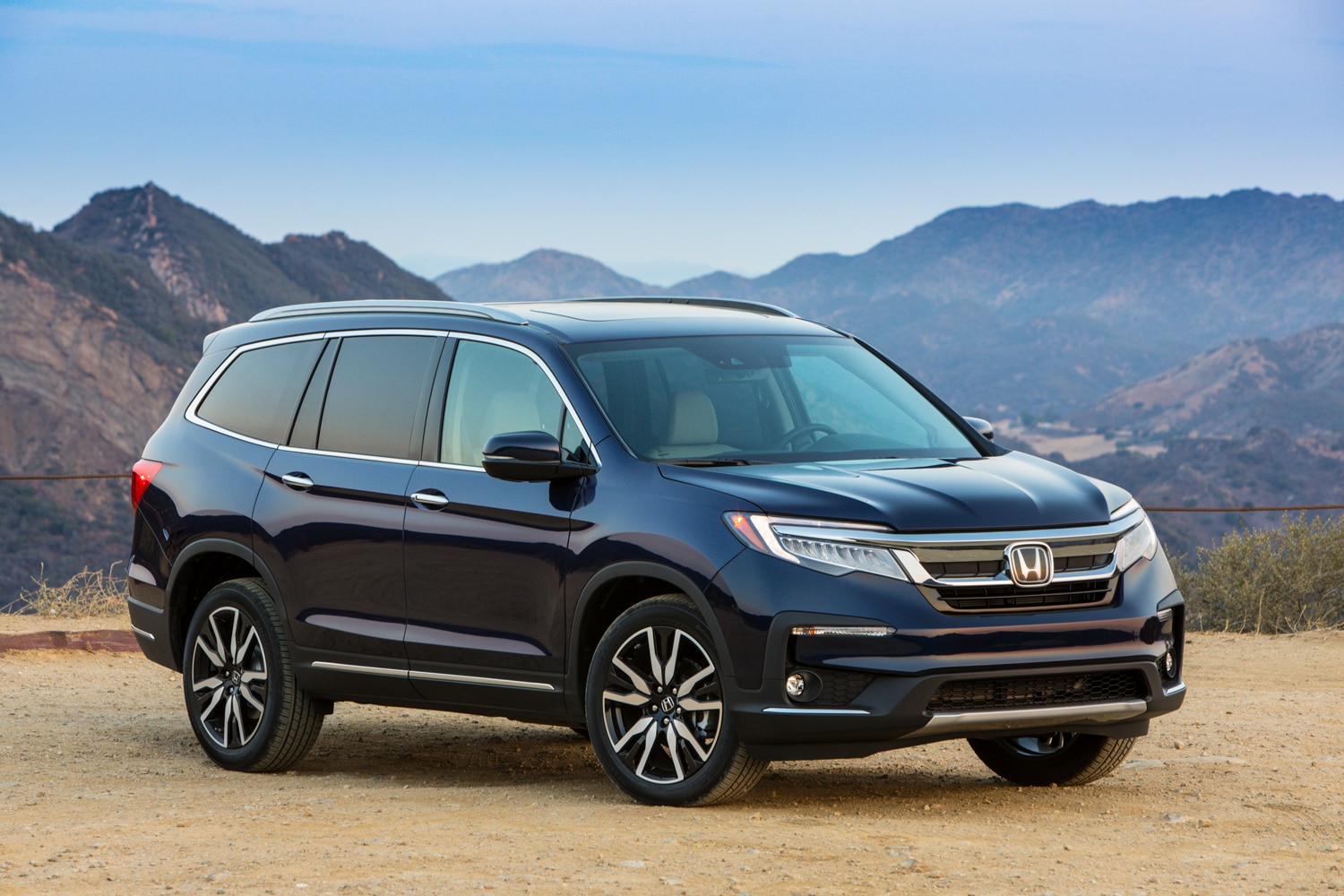 Honda
Honda
Like the Highlander, the Pilot comes standard with a V-6 engine, but the Honda costs $2,185 more to start, with a base price of $38,805. It doesn’t offer a hybrid powertrain. If that’s not a dealbreaker for you, then take a look at the Pilot’s seven trim levels. All-wheel drive is optional on Sport (i.e., base), EX-L, Special Edition, and Touring models and standard on the TrailSport, Elite, and Black Edition.
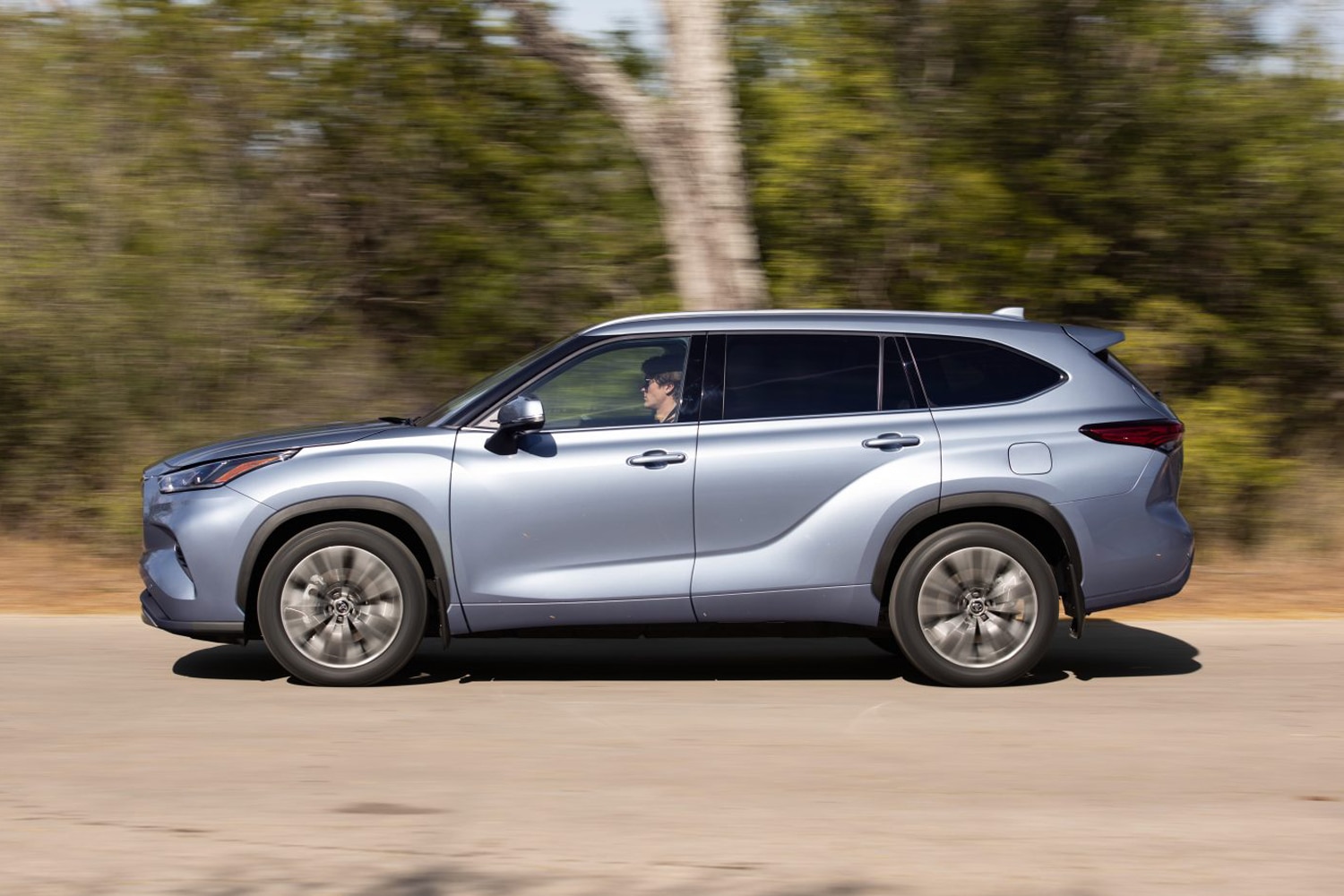 Toyota
Toyota
Toyota Highlander vs Honda Pilot: Fuel Economy
If fuel economy is your top priority, the Highlander Hybrid is the best choice, hands down. Front-drive models achieve 36 mpg in the city and 35 mpg on the highway, per the EPA. Adding all-wheel drive reduces the city rating by only 1 mpg and doesn’t affect the highway score—unless you pick the well-equipped Limited or Platinum trim, in which case the highway rating also drops by 1 mpg. Still, those figures are notably better than the gas-only Highlander’s; the best that model can do on the EPA’s test cycles is 21 mpg city and 29 mpg highway.
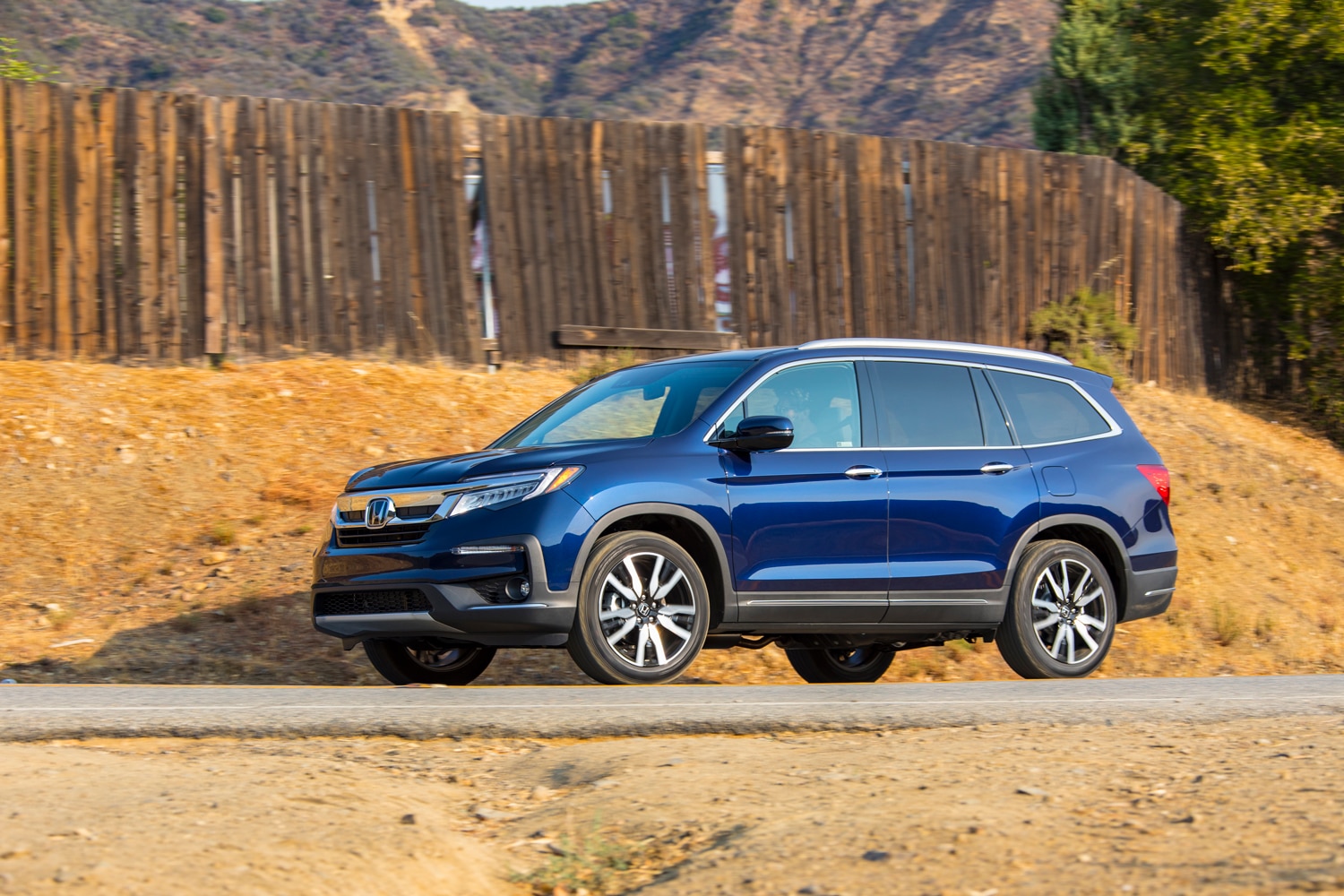 Honda
Honda
The front-drive Pilot can match only the least-efficient (i.e., all-wheel-drive non-hybrid) Highlander, with ratings of 20 mpg in the city and 27 mpg on the highway. All-wheel-drive models fare even worse, seeing 19 mpg city and, at best, 26 mpg highway. (The knobby off-road tires fitted on the TrailSport knock it to 25 mpg highway).
 Toyota
Toyota
Toyota Highlander vs Honda Pilot: Features
The base Highlander and Pilot come with many of the same amenities, including an 8.0-inch touchscreen with smartphone mirroring and a plethora of driver-assist features (e.g., adaptive cruise control, collision mitigation, lane keeping, and automatic high-beams). Honda one-ups Toyota by providing a blind-spot-monitoring system as standard equipment, but then Toyota fits every Highlander with a feature no Pilot has: road-sign assist, wherein the vehicle reads various traffic signs and displays them in the digital instrument cluster.
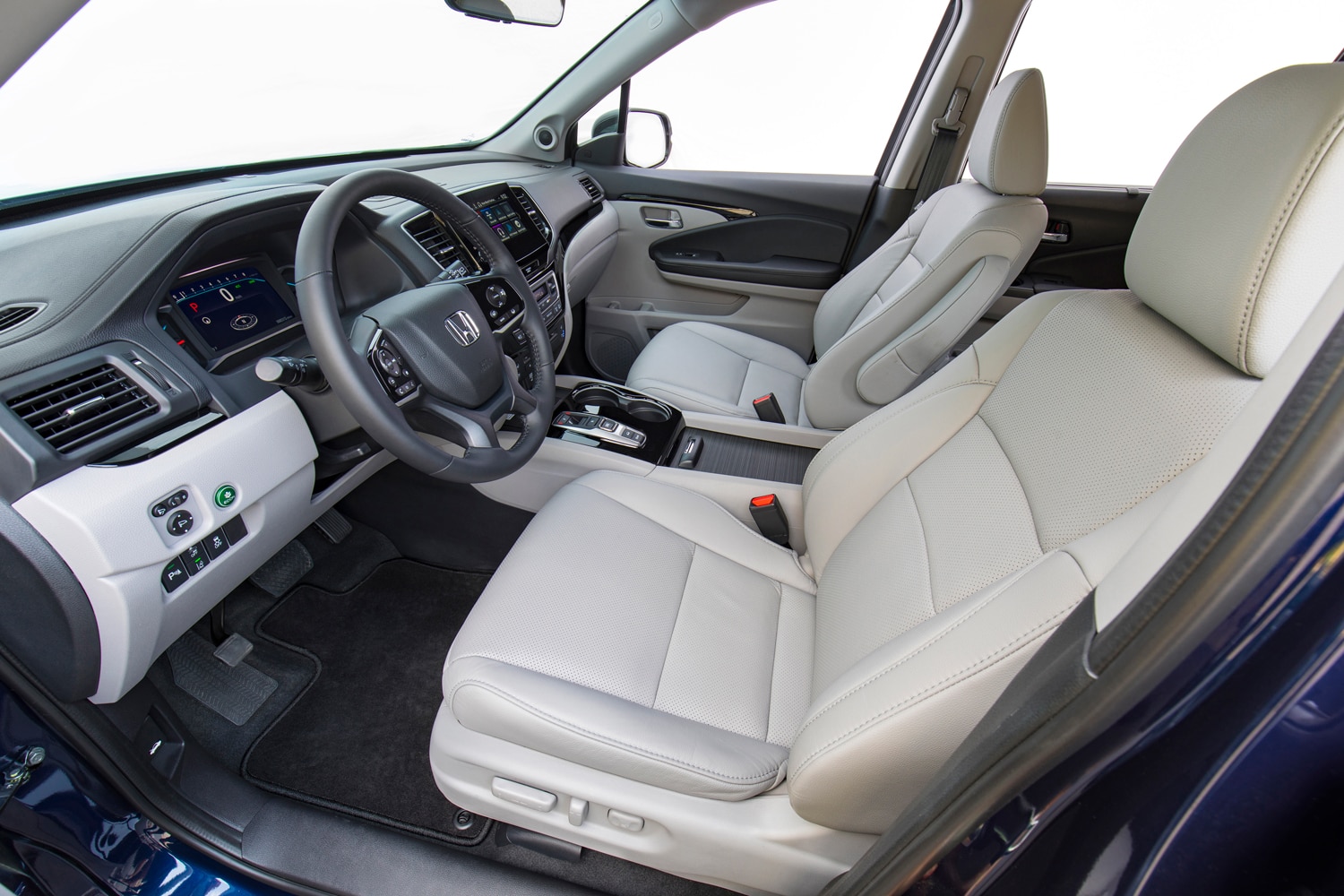 Honda
Honda
If you’re buying a new vehicle to keep the kids happy, Honda may offer the better option depending on the size of your family. The third row of its Pilot has 4.2 inches more legroom than the Toyota’s. Honda also offers a rear entertainment system; Toyota does not. However, families that plan to bring their own entertainment devices may like that the Highlander comes with Wi-Fi hotspot capability standard, which is unavailable on Pilots below the Touring trim.
Adults with big-kid toys will want to pay attention to how they spec their vehicle. Front-drive Pilots can tow up to 3,500 pounds, while all-wheel-drive versions can handle 5,000. All gas-only Highlanders can tug up to 5,000 pounds, but the Hybrid maxes out at 3,500.
If you’re interested in these mid-size crossovers, we encourage you to drive both, preferably back to back. Make sure to spend some time playing with the infotainment systems and thoroughly checking out the rear seating and cargo area. The slight differences in these two SUVs’ layouts, ride quality, technology, and comfort could make a big difference to you.



